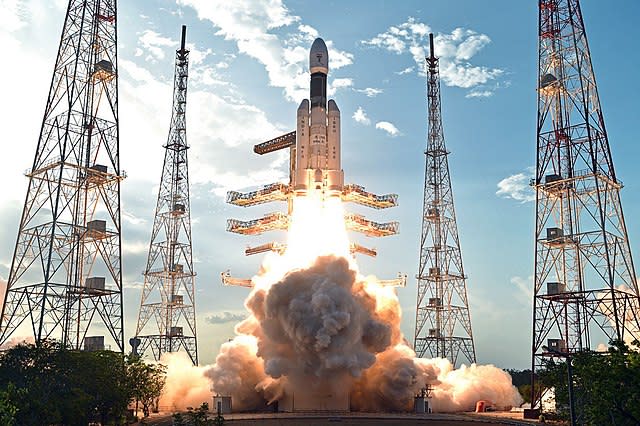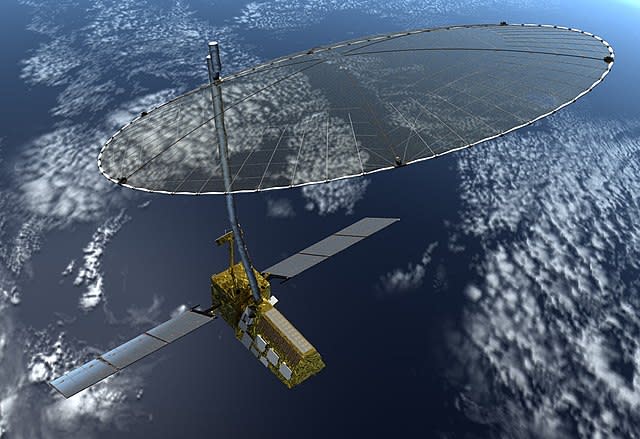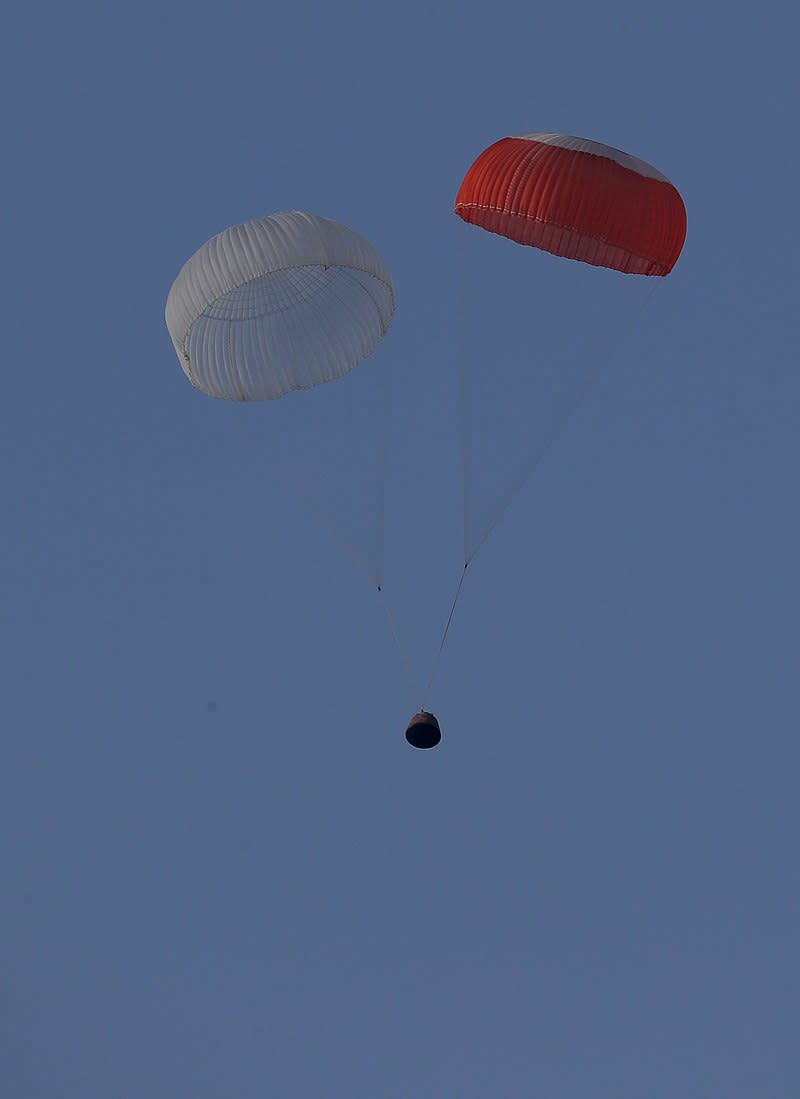Race to global space superpower: India's ambitious space missions to look out for in the future

India’s premier space agency, the Indian Space Research Organisation (ISRO), recently said that it is looking to build a space station within a decade. The space station would take around five to seven years to be built, after ISRO’s manned mission is completed in 2022. Once successful, India would join a select league of nations, which include Russia, the USA and China, that have their own space stations.
Over the past few years, ISRO has been carrying out record breaking, low cost space missions, especially the unmanned Mars launch in 2014, Mars Orbiter Mission or Mangalyaan, which was carried out at a cost of USD 74 million. This year’s interim budget had also allocated a record amount - Rs 10,252 crore for 2019-20, further underlining the rapid strides the space organisation is taking.
We take a look at some of the proposed ISRO missions in the future that will help catapult India into a global space super power:
Chandrayaan-2: ISRO is gearing up for the launch of Chandrayaan-2 which is set to take off from Sriharikota in the launch window of July 9 - July 16, 2019, and is expected to land on the lunar surface on September 06, 2019. The second lunar mission has three modules – the Orbiter, the Lander named Vikram, which will release a small robotic rover, named Pragyan that will move around and explore the lunar surface. The modules will be carried by the GSLV MK-III launch vehicle. Chandrayaan 1 was launched in October 2008, and was in operation until August 2009. Chandrayaan II costs nearly Rs 800 crores, and is an advanced version of the first lunar mission.

NISAR: A joint venture between ISRO and the American space agency, NASA, the NASA-ISRO Synthetic Aperture Radar, or NISAR will be the first radar imaging satellite to use dual frequency, and will provide an unprecedented detailed view of the Earth. To be launched in 2021, NISAR will also be one of the most expensive Earth-Imaging satellites,costing USD 1.5 billion. Once in orbit, the satellite would cover the entire land and ice masses 4-6 times a month, and will observe, measure and provide data on aspects such as the motion of the tectonic plates, ice sheets, sea level rise, etc.
Aditya-L1: Another ambitious mission from ISRO is Aditya-L1, which will study the Sun, primarily the Coronal Mass Ejection (CME), evolution of the coronal magnetic field, etc. Conceptualised by the Advisory Committee for Space Research, the probe is expected to be launched in the first half of 2020. Initially planned as a small, 400 kgs, Low-Earth Orbiting Satellite, to study the solar corona, the scope of the mission has now been extended to include a comprehensive solar and space environment observatory which will be placed at the Lagrangian point L1, which is located around 1.5 million kms from the Earth.
Mangalyaan 2: After tasting success with its Mangalyaan 1, ISRO plans to launch the second Mars Orbiter Mission, Mangalyaan 2, to explore the red planet, in the 2021-2022 time frame. In January 2016, India signed a letter of intent with France’s CNES to jointly build the Mangalyaan 2 by 2020. ISRO will be upping its technology with the second Mars mission, and hopes to learn a lot more about the red planet this time.
Shukrayaan-1: Buoyed by the success of its Mars Orbiter Mission, India is targeting Venus next and has set 2023 as the launch year. For the mission, ISRO has been reaching out to scientists all around the world to submit proposals for instruments to be carried along for the mission to one of the most hostile planets in the solar system. The mission will also include a gigantic balloon designed by French astrophysicist, Jacques Blamont. The balloon, which will carry several instruments, will be designed to pop in and out of the extremely hot atmosphere of the planet, after being unfettered from the orbiter. According to ISRO, the payload capacity of the proposed satellite will be 175 kg, with 500 W of power.
Jupiter Mission: ISRO is looking to explore Jupiter, with its first mission to the planet slated for 2022 or 2023 through a Geosynchronous Satellite Launch Vehicle Mark III. The planet, which lies between Mars and Saturn is located close to 600 million kilometres away from Earth, and the travel time taken could be around 26 months.

Gaganyaan: ISRO is also planning to go a step further by sending a manned mission to space on board the Gaganyaan, an orbital spacecraft which is designed to carry three people. While India has carried out many successful unmanned missions to space, it has not explored manned missions till now. The crewed vehicle is expected to be launched on board the GSLV Mk-III, or the Geosynchronous Satellite Launch Vehicle-Mark III, in December 2021.
Once successfully completed, India will join the elite league of nations which include Russia, China and the USA, which have already sent manned missions to space. ISRO’s pad abort test which was conducted on 5 July, 2018, to test the crew module, was a success.
GSAT 20 Communication Satellite: The communications satellite is being jointly developed by ISRO’s Satellite Centre and Liquid Propulsions System Centre. The satellite is expected to be launched on board the GSLV MK III and will ISRO’s first fully Electric Propulsion/EP enabled satellite which can be five to six times more efficient than chemical-based propulsion. The GSAT 20 is one of the four heavy duty satellites which will help the country get high speed internet connectivity.

 Yahoo News
Yahoo News 
